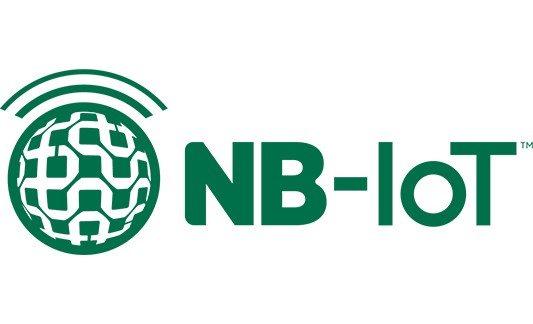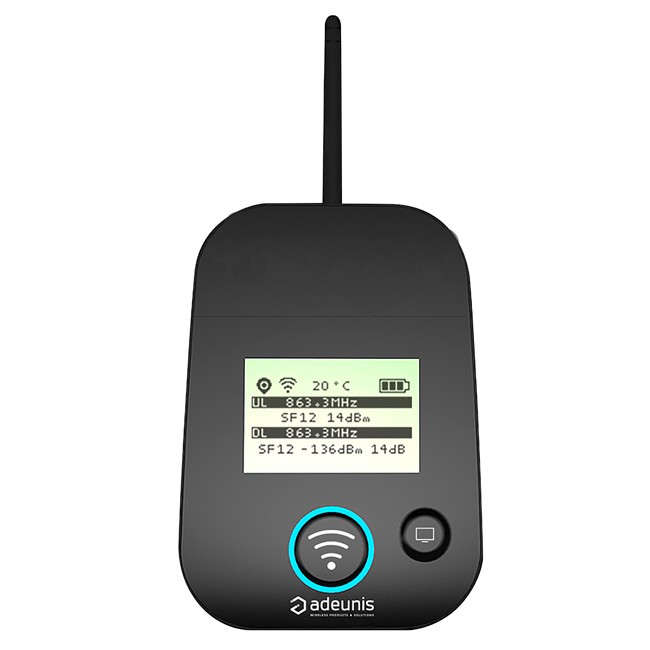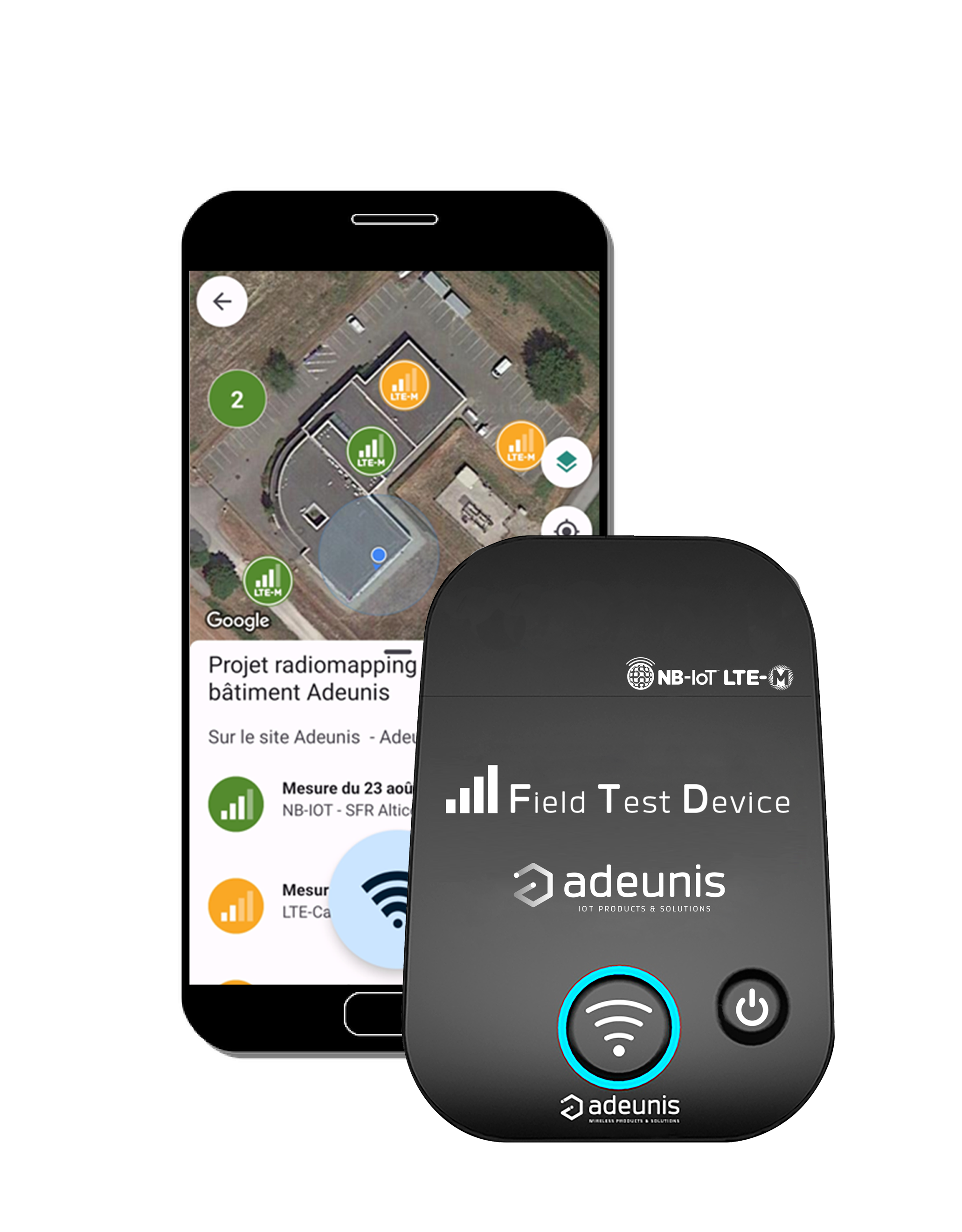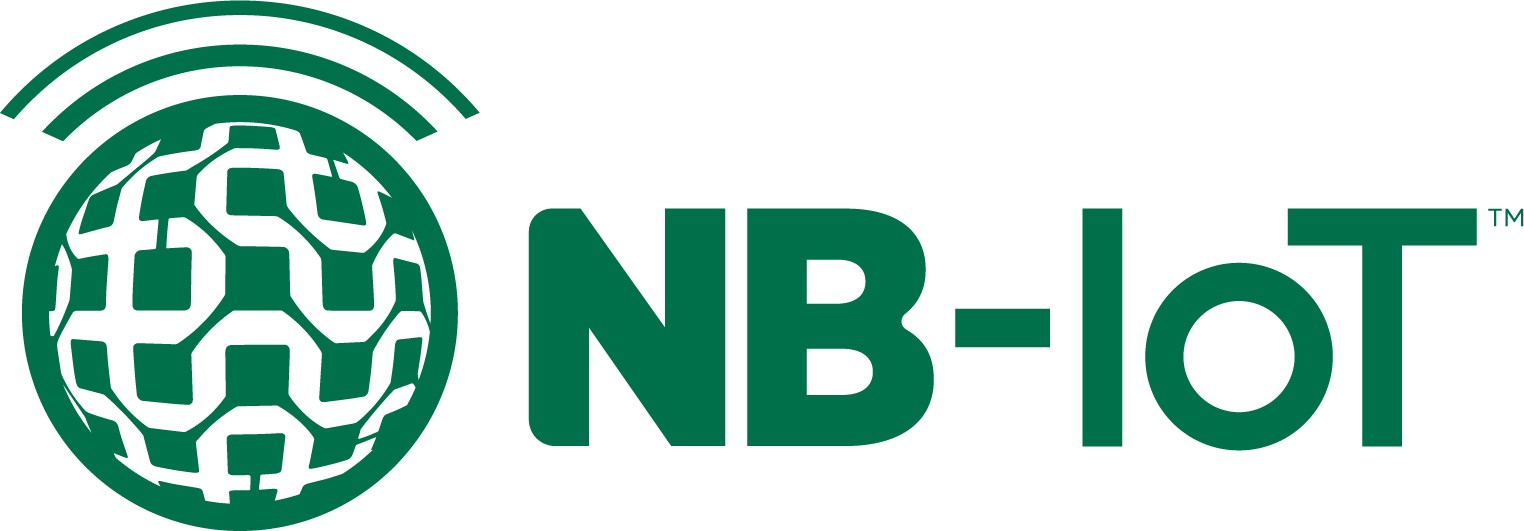IoT sensors perform 3 basic functions: measuring, communicating and standby.
They can be placed anywhere and can be used for many purposes, for example
– Collecting energy consumption data in a commercial building,
– Monitoring key parameters of differents equipment in an industrial building to predict potential breakdowns and plan maintenance activities in advance,
– Ensure good indoor air quality to protect the health of occupants in a multi-family building,
– Monitoring the presence of employees or the occupation of offices in an open space,
– …
1 requirement common to all these IoT sensors: minimise energy consumption as they are in most cases powered by batteries.
Why is it necessary to minimise the energy consumption of battery-powered sensors?
1-ENSURE PROJECT ROI
To be cost-effective, most IoT sensors must be able to operate for up to 10 years
For any deployed sensor, replacing batteries has not only a material cost but also a labour cost. And, in the case of a massive deployment of sensors or sensors installed in hard-to-reach or roaming locations, these labour costs far exceed the cost of the product itself.
Indeed, the cost of an on-site visit is generally estimated at between €300 and €500.
The economic equation no longer holds when you have to travel to work on a sensor when it was not supposed to happen
To be cost-effective, most IoT sensors must be able to operate for up to 10 years
2- INCREASING THE AMOUNT OF DATA
Optimising the energy consumption of a sensor by adjusting some parameters, can allow for more frequent measurements.
3- ENSURE A GOOD LEVEL OF RADIO TRANSMISSION QUALITY
Some protocols adjust the transmission power according to the radio quality. Minimising energy consumption will allow the product to adapt to power variations while ensuring the expected lifetime.
It is therefore important to keep your IoT sensor “alive” as long as possible.
The autonomy of an IoT sensor is determined using a simple calculation: battery capacity / average consumption rate.
There are therefore 2 ways to optimise battery life:
Reduce the amount of energy
used by the IoT sensor
Increase the capacity
of its battery
To achieve this, various compromises are necessary and must be implemented both by the IoT sensor manufacturer and by the user of these sensors.
Manufacturers' side - What are the levers to reduce the energy consumption of a battery-powered IoT sensor?
Adding a battery that stores more energy is the obvious way to improve the autonomy of an IoT sensor. Depending on the type of sensor and its use, this simple solution is not necessarily the best one as it has a strong impact on the sensor’s size and cost. A dual 3.6V Lithium battery pack with a capacity of 8.2 Ah, for example, costs around several euros to purchase! Environmental impact and carbon footprint are other factors to consider when choosing a battery type.
Regardless of the type of battery selected, it is crucial for a manufacturer to bring to market a sensor that consumes as little energy as possible. There are many factors that affect energy consumption, and the following is a non-exhaustive list of decisions to be made by manufacturers to address energy optimisation:
ENERGY-SAVING ON-BOARD COMPONENTS
The first lever of optimisation consists of selecting energy-saving on-board components.
This selection should be based on an analysis of the technical specifications of each component. However, energy consumption depends above all on the way in which the components are used. It is therefore crucial to measure the actual power profile on prototypes to determine the power consumption of an IoT sensor as accurately as possible.
- Depending on the quantity measured by an embedded sensor (temperature, CO2, pulse, etc.), the energy required to perform the measurement can have a significant impact on the overall consumption. Which on-board sensors are available on the market and which references offer the best performance/consumption/price/availability compromise? How should they be used (continuous with low power modes, pulsed?)
- Which microcontroller(s) to select?
- Should LEDs be integrated?
Distribution of the application consumption of an Adeunis COMFORT CO2 sensor in its standard configuration*.
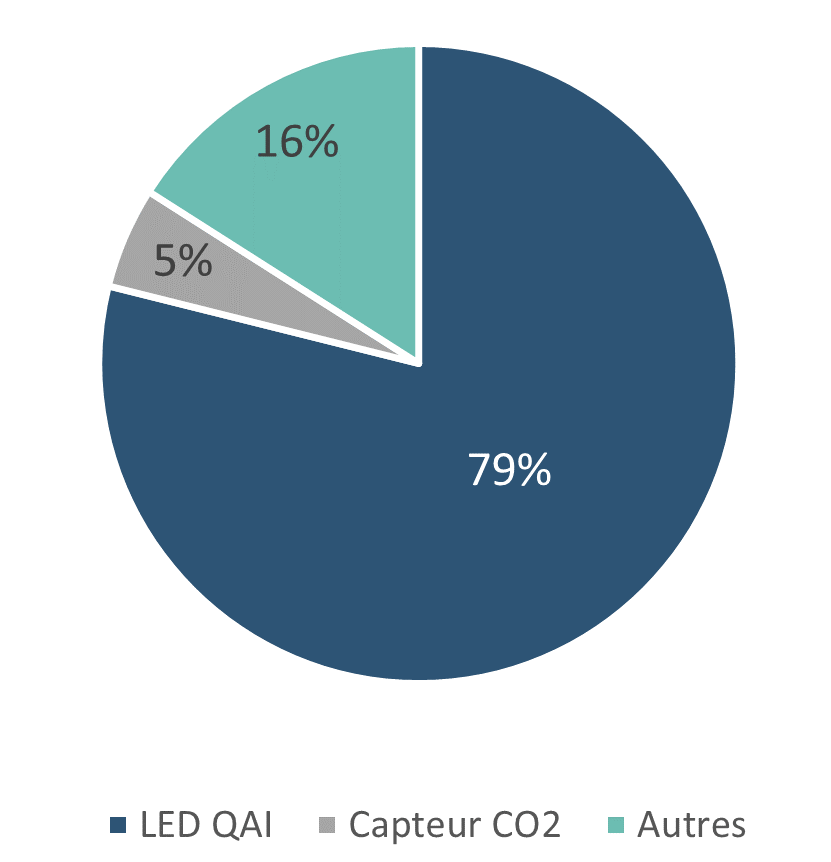
*Standard configuration
- Battery: 8000 mAh dual battery pack
- 24 frames / day
- 1 sampling every 10 min of CO2, temperature and humidity
- LEDs light up frequently depending on CO2 concentration level (red every 2 min, orange every 4 min and green every 10 min)
- SF 12
SOFTWARE AT THE HEART OF ENERGY OPTIMISATION
Whatever the intrinsic power consumption of the embedded components – external devices, microcontrollers, or radio modules – if the software that controls them uses them in a non-optimised way, then all the energy efforts at hardware level are in vain.
- What algorithms need to be developed to ensure the most energy-efficient operating modes?
- How can the electronic components inside the IoT device be put into deep sleep as often as possible?
FOCUS ON LPWAN COMMUNICATION TECHNOLOGIES
The communication technology used by the sensor is another factor affecting the energy consumption of an IoT sensor.
LPWANs (Low Power Wide Area Networks) have emerged as the preferred choice for manufacturers to make battery-powered IoT sensors communicate due to their long range, low power consumption and low deployment cost.
We can classify LPWAN implementations into two broad categories: non-cellular LPWAN and cellular LPWAN
Although there are currently about 20 different LPWAN technologies in the IoT domain, 4 of them are particularly suited to current challenges and widely deployed: LoRa, Sigfox, LTE-M, and NB-IoT. According to IoT Analytics, these 4 technologies represent more than 92% of the LPWAN market!
The table below summarises the performance of these 4 technologies in terms of range, power consumption, throughput and deployment cost:
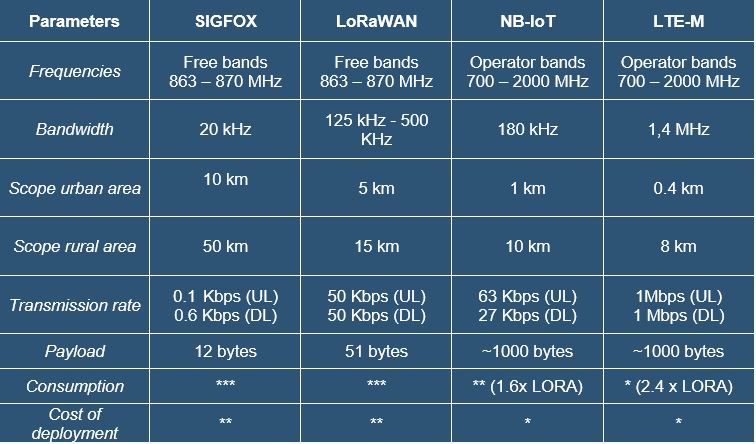
Impact of LPWAN on the daily autonomy of an Adeunis COMFORT CO2 sensor in its standard configuration
BATTERY ENERGY CONSUMED IN 1 YEAR (in %):

Daily consumption (in mAh) :
SIGFOX Autonomy – 3 FRAMES (2 retry)
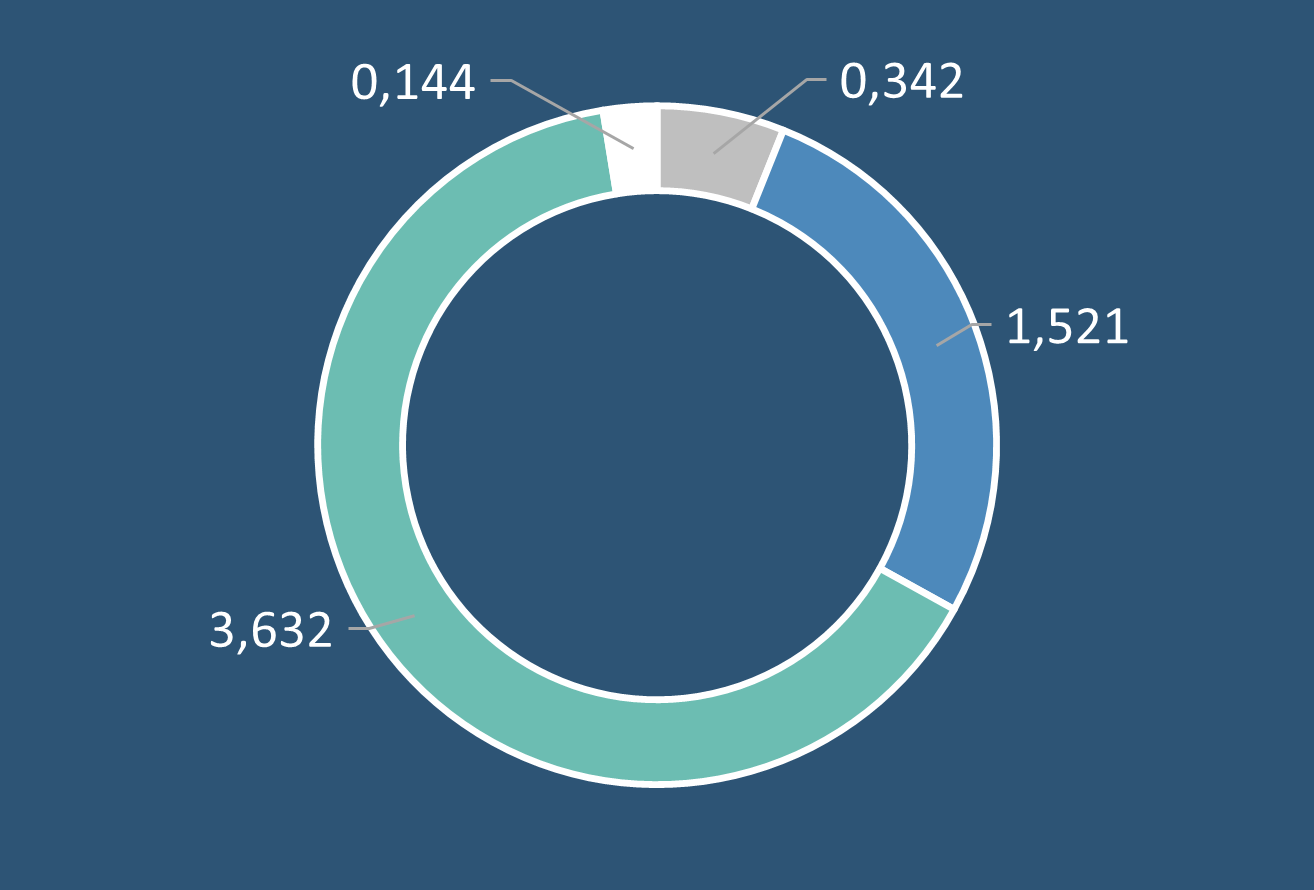
SIGFOX Autonomy– 1 FRAMES (2 retry)
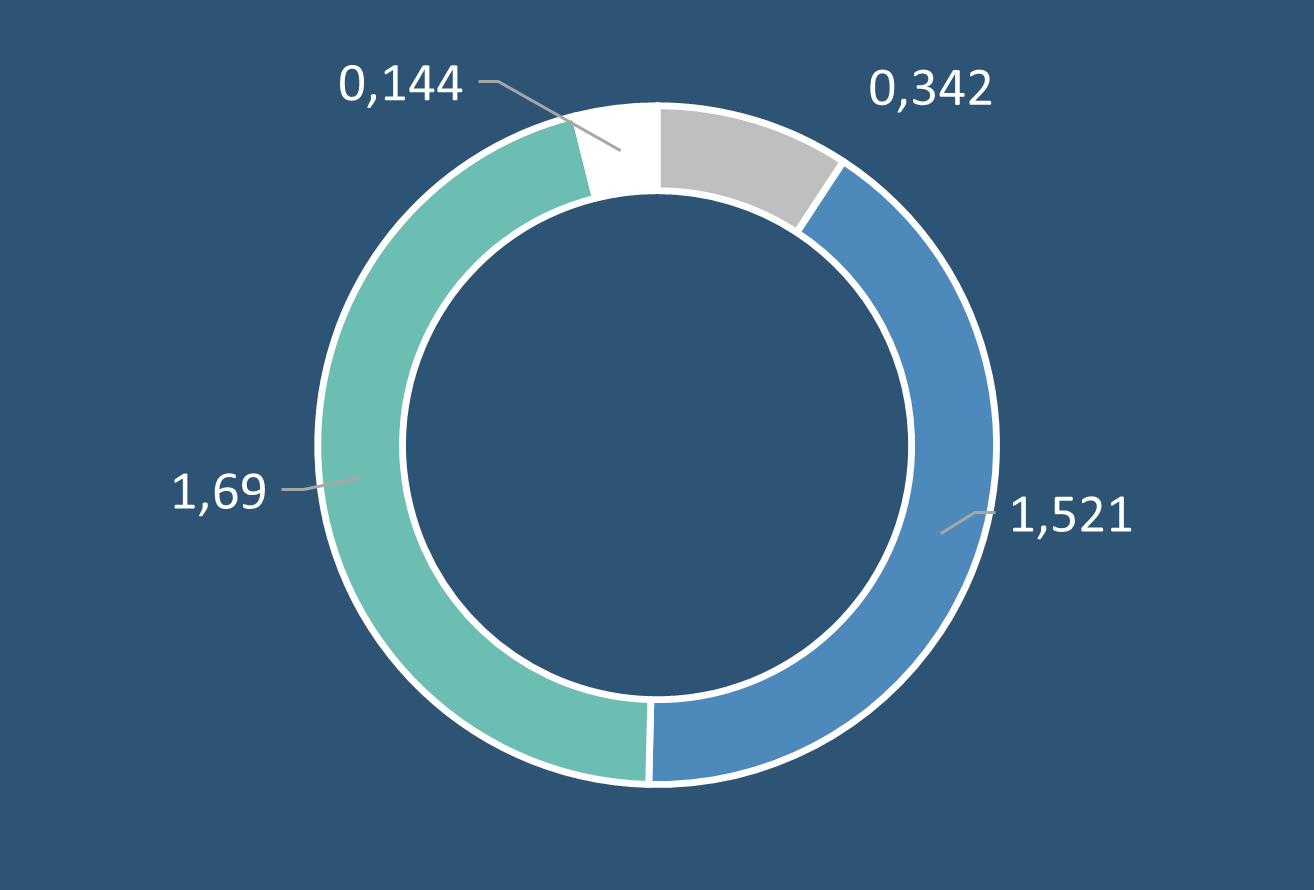

LoRa Autonomy – SF12
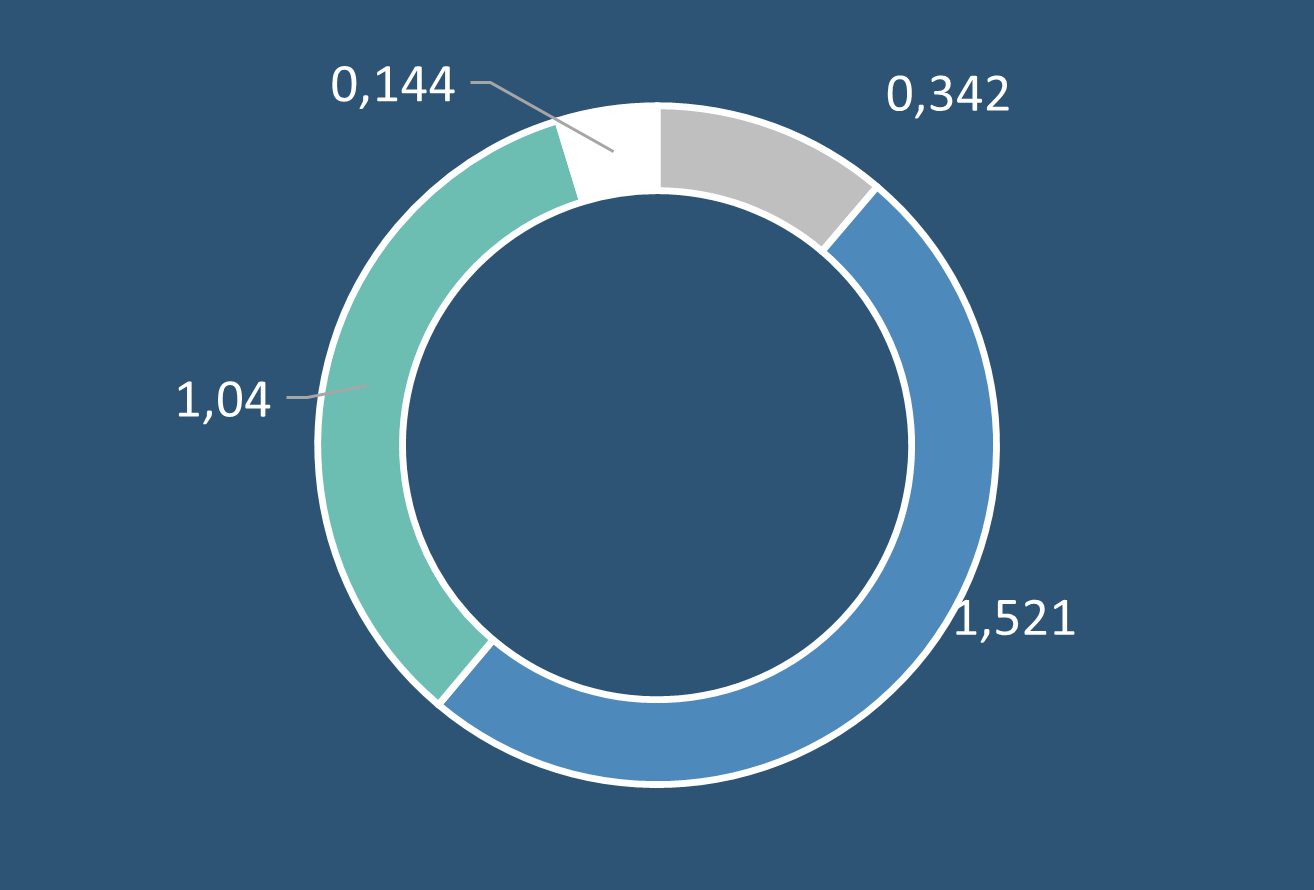
The GSMA has clarified the different elements to be taken into account at the modem level in order to facilitate the comparison of competing cellular IoT sensors. To evaluate the consumption of a cycle, it is necessary to add up the consumptions of the different phases of operation of the modem as shown in the figure below.
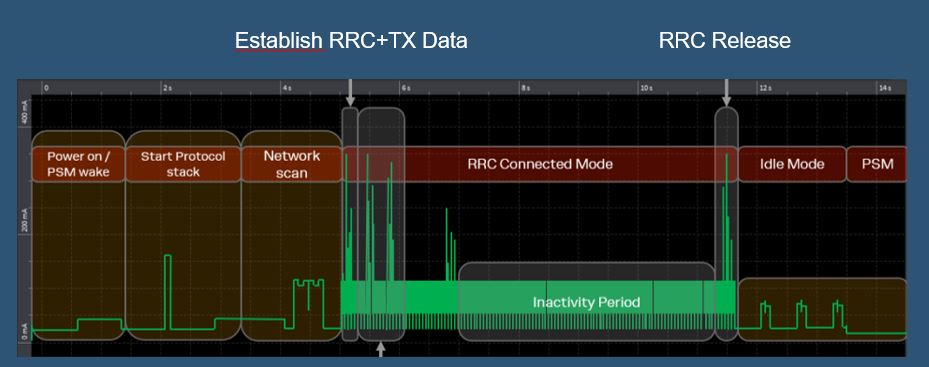
Of course, as a buyer of IoT sensors, you are dependent on the design choices made by manufacturers. However, these technical choices can be comparison criteria to use in your purchasing process.
User side - How to improve the battery life of your IoT sensor?
Basic but crucial: the choice of connectivity and the location of the IoT sensor
Keep in mind that radio conditions at the deployment site can cause IoT sensors to over-consume power, reducing their lifespan.
To reduce the risks, experts can assist you in carrying out a connectivity study on your sites and make recommendations on the choice of networks to use for the installation of your IoT sensors.
The positioning of the IoT sensor and more specifically of its antenna also has an impact on consumption. The ideal location for the type of IoT sensor is usually indicated in the user manual provided by the manufacturer.
Once chosen, optimise the connectivity of your sensor
The wireless communication function is usually the most energy consuming in an IoT sensor. However, the battery life of a sensor can easily be improved by adjusting the following parameters:
- Reduction of the periodicity of data transmission
Example: Adeunis LoRaWAN COMFORT CO2 sensor autonomy, in SF12:
24 frame/day

6.8 years
12 frame/day

8.3 years
Activation of ADR (Adaptive Data Rate) in LORA which allows the sending time of a frame to be dynamically modified by monitoring the connection parameters and modifying the FS accordingly
Logging of measurements before transmission so that communication circuits are only woken up when they have enough data for efficient transmission
Limiting the amount of data sent in each frame (uplink)
Example: Adeunis LoRaWAN COMFORT CO2 sensor lifetime with 24 frames/day:
SF
12

6.8 years
SF
10

9.2 years
SF
7

10.2 years
- Limit the acknowledgement after sending a frame (uplink)
- Reducing the number of retries (Sigfox)
- Optimisation of the use of FOTA and downlinks
Example: Lifetime of the Adeunis Sigfox COMFORT CO2 sensor sending 24 frames/day:
Lifetime 3 frames (2 retries):

1 downlink/day

3.6 years

4 downlinks/day

2.9 years
Lifetime 3 frames (2 retries):

1 downlink/day

5.9 years

4 downlinks/day

4.5 years
- For cellular technologies, use of PSM (Power Saving Mode) and eDRX (Extended Discontinuous Reception) features
Regardless of the LPWAN technology used, it is possible to turn off the radio module of an IoT device to limit its power consumption. However, the device usually has to perform a binding procedure to the network when the radio module is turned on again. While each tethering procedure consumes a small amount of power, the cumulative power consumption induced by multiple tethering procedures over the life of the sensor can significantly impact its battery life.
To address this issue, NB-IoT and LTE-M cellular network operators have developed the PSM functionality which allows the sensor to go to sleep at fixed intervals and wake up only to perform and transmit a measurement without the need to initiate a network attachment procedure. The sensor and the network jointly optimise this interval according to the application constraints.


Discontinuous reception operates independently of PSM mode and significantly extends the time interval during which an IoT device is not listening to the network.
- For cellular IoT sensors, the choice of application communication protocol will also have an impact on overall consumption (MQTT, LWM2M, HTTPS, etc.). In order to reduce the power consumption of its new range of NB-IoT and LTE-M sensors, Adeunis has chosen to integrate LWM2M. Discover in this article the advantages of this application communication protocol.
Pay attention to application settings
- Optimisation of the sensor sampling rate
Example: Adeunis LoRaWAN COMFORT CO2 sensor
Battery life (dual 8000 mAh battery pack)
Total daily consumption
Sampling rate for Co2 + Temperature + Humidity sensors
10 min
1 min
6.8 years
5 years
2,902 mAh
3,919 mAh
- Optimising the use of LEDs
Example: Adeunis LoRaWAN COMFORT CO2 sensor
Total daily consumption
Battery life (dual 8000 mAh battery pack)
LEDs lighting up
Red 2 min, Orange 4 min, Green 10 min
Red 1 min, Orange 1 min, Green 5 min
OFF
2,902 mAh
5.682 mAh
2.862 mAh
6.8 years
3.5 years
6.9 years
To go further: estimate the battery life of your sensor with the KARE calculator
Aware that the energy autonomy of an IoT sensor is a critical point in guaranteeing the RoI of a deployment, Adeunis is making an autonomy calculator available to Kare service users.
This tool, compatible with the entire Adeunis sensor catalogue, allows you to estimate the autonomy of the sensors you have deployed in one click and in real time.
La calculatrice vous permettra également d’expérimenter différentes approches en montrant l’impact d’un changement de paramètre tel que le nombre journalier de transmissions, le SF ou encore l’utilisation de LED.
20/06/20202
20 years
expertise to support you, from the diagnosis to the implementation of your solution



